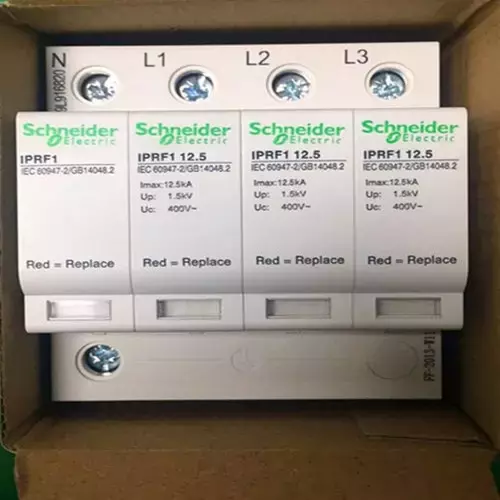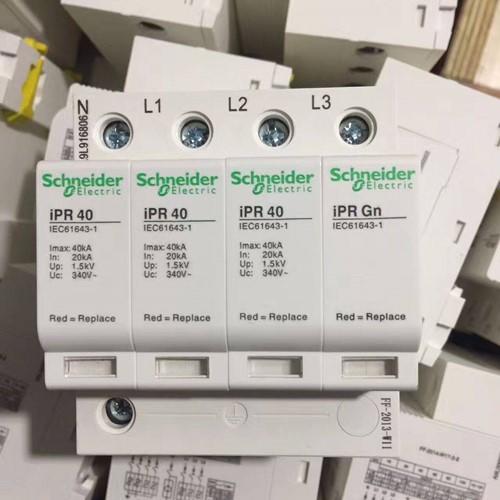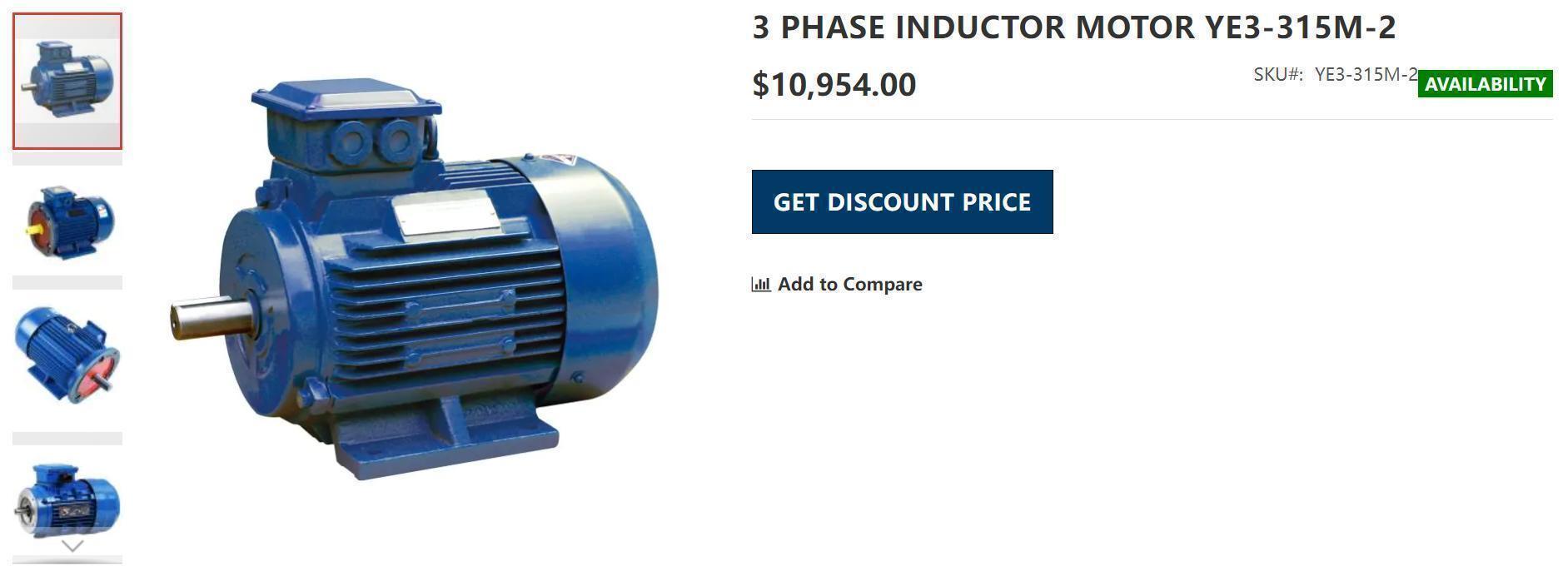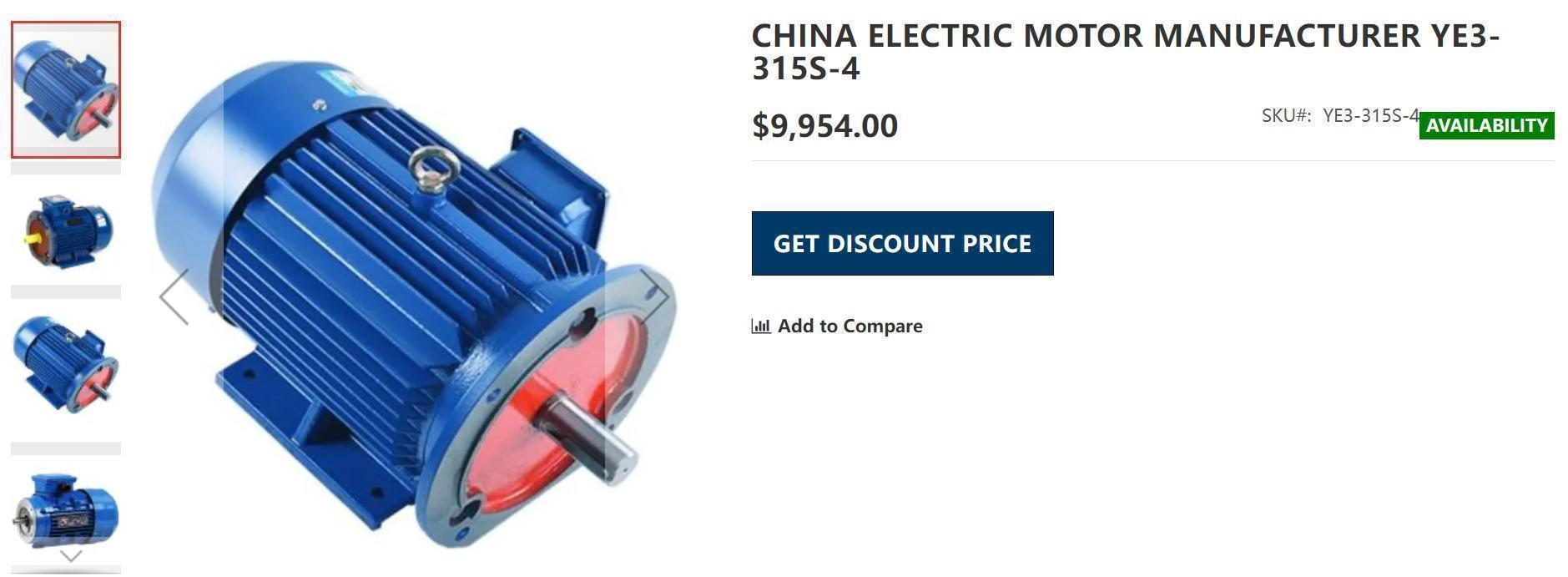Superior surge protection and performance for a wide variety of commercial, industrial, or residential applications. Includes whole house surge protection for homeowners or contractors.
Application range of DC power surge protector · AM *-* DC power surge protector is used to prevent the damage of DC power system and electrical equipment caused by lightning overvoltage and transient overvoltage, and protect the safety of equipment and users. · Suitable for all kinds of DC power systems, such as the output end of secondary power equipment, DC power distribution screens and various DC power equipment. It is widely used in DC power protection of mobile communication base stations, microwave communication bureaus (stations), telecommunications rooms, factories, civil aviation, finance, securities and other systems.
The following is the product model and its introduction:
EA9L209F230, EA9L409F230, EA9L659F230, EA9L208Fr400, EA9L208F400, EA9L408Fr400, EA9L208F400, EA9L658Fr400, EA9L658F400, A9L020600, A9L040401, A9L040500, A9L202022, A9L020400, A9L16634, A9L065401, EA9L65, A9L065101, A9L065501, A9L065201, A9L065301, A9L065601, A9L065401, A9L065102, A9L040101, A9L040201, A9L040501, A9L040301, A9L040601, RD 65r 65kA 1P 275V PRD 65r 65kA 1P + N PRD 65r 65kA
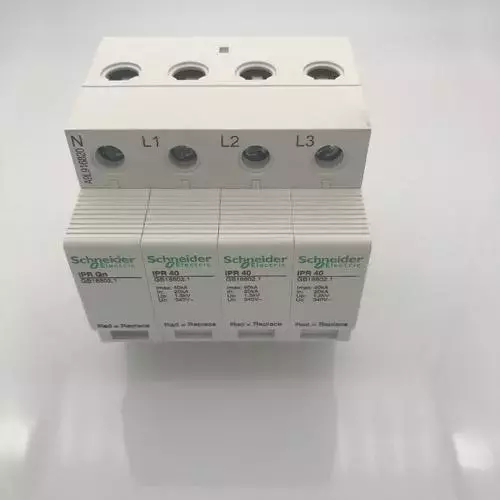
Surge protection device,Easy9,iMAX 65KA EA9L659F230
Surge Protection unit ,Imax65 KA,In 35KA,Up 1.9KV,Uc 350V IPRU65/IPRUGN
Surge protection unit,I Max-40KA,In-20KA,Up-1.5KV,Uc-340V IPR40
Surge protecor unit,iMax-65KA,In-35KA,Up-2 KV,Uc-340V IST65 3P
Lightning disaster is one of the most serious natural disasters, and there are countless casualties and property losses caused by lightning disasters in the world every year. With the large-scale application of integrated electronic and microelectronic equipment, the damage to systems and equipment caused by lightning overvoltages and electromagnetic pulses caused by lightning strikes is increasing. Therefore, it is very important to solve the lightning disaster protection problems of buildings and electronic information systems as soon as possible.
With the increasingly strict requirements for lightning protection of related equipment, installing surge protection devices (SPDs) to suppress surges and transient overvoltages on lines, and overcurrents on bleed lines have become important links in modern lightning protection technology one.
1. Lightning characteristics
Lightning protection includes external lightning protection and internal lightning protection. External lightning protection is mainly based on lightning receptors (lightning rods, lightning protection nets, lightning protection belts, lightning protection lines), down conductors, and grounding devices.The main function is to ensure that the building body is protected from direct lightning strikes and will likely hit. Lightning from buildings is discharged into the ground through lightning rods (belts, nets, cables), down-conductors, etc. Internal lightning protection includes measures against lightning induction, line surge, ground potential counterattack, lightning wave intrusion, and electromagnetic and electrostatic induction. The basic method is to use equipotential bonding, including direct connection and indirect connection through SPD, so that metal bodies, equipment lines and the ground form a conditional equipotential body, which will shunt and induce internal facilities caused by lightning and other surges. Lightning current or surge current is discharged into the ground, thereby protecting the safety of people and equipment in the building.
Lightning is characterized by very fast voltage rises (within 10 μs), high peak voltages (tens of thousands to millions of volts), large currents (tens to hundreds of thousands of amps), and short maintenance times (tens to hundreds of microseconds) ), The transmission speed is fast (propagating at the speed of light), and the energy is very huge, which is the most destructive type of surge voltage.
2 Classification of Surge Protectors
SPD is an indispensable device for lightning protection of electronic equipment.Its role is to limit the instantaneous overvoltage that penetrates into power lines and signal transmission lines to a voltage range that the equipment or system can withstand, or to discharge a powerful lightning current into the ground Protect the protected equipment or system from impact.
2. 1 Classification by working principle
Classified according to their working principle, SPD can be divided into voltage switching type, voltage limiting type and combination type.
(1) Voltage switching type SPD. It shows high impedance when there is no transient overvoltage. Once it responds to the lightning transient overvoltage, its impedance changes to low impedance, allowing the lightning current to pass through. It is also called "short-circuit switching SPD".
(2) Voltage-limiting SPD. When there is no transient overvoltage, it is high impedance, but with the increase of surge current and voltage, its impedance will continue to decrease, and its current and voltage characteristics are strongly non-linear, sometimes called "clamping SPD".
(3) Combined SPD. It is a combination of voltage switch-type components and voltage-limiting type components, which can be displayed as voltage-switching type or voltage-limiting type or both, depending on the characteristics of the applied voltage.
2. 2 Classification by purpose
According to their usage classification, SPD can be divided into power line SPD and signal line SPD.
2. 2.1 Power Line SPD
Because the energy of lightning strikes is very huge, it is necessary to gradually release the energy of lightning strikes to the ground through the method of hierarchical discharge. Install surge protectors or voltage-limiting surge protectors that have passed the Class I classification test at the direct lightning protection zone (LPZ0A) or at the junction of the direct lightning protection zone (LPZ0B) and the first protection zone (LPZ1). First-level protection, release direct lightning current, or release the huge energy conducted when the power transmission line is subjected to direct lightning strike. Install a voltage-limiting surge protector at the junction of each zone (including the LPZ1 zone) after the first protection zone, as a second, third or higher level protection. The second-level protector is a protective device for the residual voltage of the previous-level protector and the induced lightning strike in the area. When the large-scale lightning energy absorption occurs in the front-level, a part is still quite large for the device or the third-level protector. The energy will be conducted and need to be absorbed by the second-level protector. At the same time, the transmission line passing the first-level lightning arrester will also induce the electromagnetic pulse radiation of the lightning strike. When the line is long enough, the energy of the induced lightning becomes large enough, and a second-level protector is required to further discharge the energy of the lightning strike. The third level protector protects the residual lightning strike energy passing through the second level protector. According to the withstand voltage level of the protected equipment, if two levels of lightning protection can be used to limit the voltage lower than the withstand voltage level of the device, only two levels of protection are needed; if the withstand voltage level of the device is low, four levels or More levels of protection.
When choosing SPD, you first need to understand some parameters and how it works.
(1) The 10 / 350μs wave is a waveform that simulates a direct lightning strike, and the waveform energy is large; the 8 / 20μs wave is a waveform that simulates lightning induction and lightning conduction.
(2) The nominal discharge current In refers to the peak current flowing through the SPD, 8 / 20μs current wave.
(3) The maximum discharge current Imax is also referred to as the maximum flow rate, which refers to the maximum discharge current that the SPD can withstand once with 8 / 20μs current wave.
(4) Maximum continuous withstand voltage Uc (rms) refers to the maximum effective value of the AC voltage or DC voltage that can be continuously applied to the SPD.
(5) Residual voltage Ur refers to the residual voltage value at the rated discharge current In.
(6) The protection voltage Up characterizes the voltage characteristic parameter between the SPD limiting terminals. Its value can be selected from the list of preferred values and should be greater than the highest value of the limiting voltage.
(7) The voltage switch type SPD mainly bleeds 10 / 350μs current wave, and the voltage limiting type SPD mainly bleeds 8 / 20μs current wave.
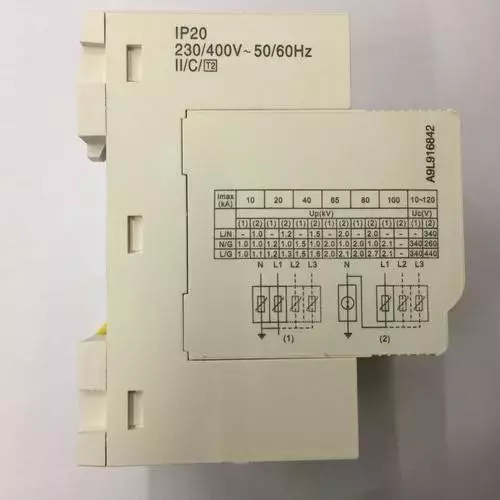
Basic components of a surge protector
1. Discharge gap (also known as protection gap):
It generally consists of two metal rods that are exposed to the air with a certain gap. One of the metal rods is connected to the power phase line L1 or the neutral line (N) of the equipment to be protected, and the other metal rod is connected to the ground line ( PE) phase connection. When the transient overvoltage hits, the gap is broken down, and a part of the overvoltage charge is introduced into the ground, which prevents the voltage on the protected equipment from rising. The distance between two metal rods of such a discharge gap can be adjusted as required, and the structure is relatively simple. The disadvantage is poor arc extinguishing performance. The improved discharge gap is an angular gap, and its arc extinguishing function is better than the former. It is extinguished by the electric force F of the circuit and the rise of the hot air flow.
2. Gas discharge tube:
It consists of a pair of cold cathode plates separated from each other and enclosed in a glass tube or ceramic tube filled with a certain inert gas (Ar). In order to increase the trigger probability of the discharge tube, a trigger agent is also provided in the discharge tube. There are two types of gas-filled discharge tubes:
The technical parameters of the gas discharge tube are mainly: DC discharge voltage Udc; impulse discharge voltage Up (Up ≈ (2 ~ 3) Udc under normal circumstances; power frequency withstand current In; impulse withstand current Ip; insulation resistance R (> 109Ω ); Capacitance (1-5PF)
The gas discharge tube can be used under DC and AC conditions. The DC discharge voltages Udc selected are as follows: Use under DC conditions: Udc ≥ 1.8U0 (U0 is the DC voltage for normal line operation)
Use under AC conditions: U dc≥1.44Un (Un is the effective value of AC voltage for normal line operation)
SurgeArrest Essential
Basic Protection Against Power Surges for Computers and Electronics
Part of SurgeArrest
Guaranteed protection against surges spikes and lightning
SurgeArrest Home/Office
Professional-grade Electrical Surge Protection for Computers and Electronics
Part of SurgeArrest
The world's only surge protector to incorporate removable cable guide and rotating cord retainer.
SurgeArrest Performance
Maximum Power Surge Protection for Computers, Notebooks and Other Electronics
Part of SurgeArrest
The world's only surge protector to incorporate removable cable guide and rotating cord retainer.
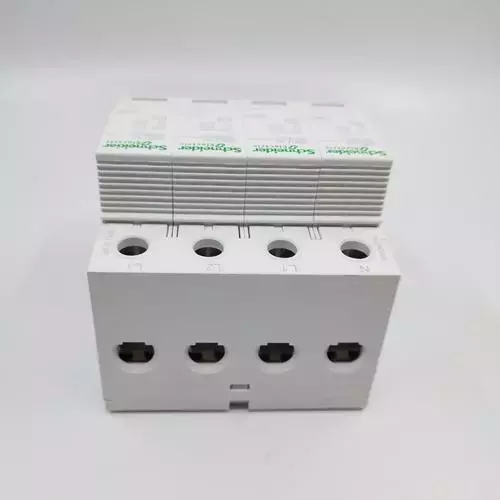
Surge protector
The most primitive surge protector, a horn-shaped gap, appeared in the late 19th century. It was used for overhead power transmission lines to prevent lightning strikes from damaging the equipment insulation and causing power outages. In the 1920s, aluminum surge protectors, oxide film surge protectors and pill-type surge protectors appeared. In the 1930s, tube-type surge protectors appeared. Lightning arresters of silicon carbide appeared in the 1950s. In the 1970s, metal oxide surge protectors appeared. Modern high-voltage surge protectors are not only used to limit overvoltages caused by lightning in power systems, but also to limit overvoltages caused by system operation.
Surge
Surges are also called surges. As the name suggests, they are transient overvoltages that exceed the normal operating voltage. In essence, a surge is a violent pulse that occurs in just a few millionths of a second. Surges can be caused by heavy equipment, short circuits, power switching, or large engines. Products that contain surge arresters can effectively absorb sudden huge amounts of energy to protect connected equipment from damage.
Lightning arrester
Surge protector, also called lightning arrester, is an electronic device that provides safety protection for various electronic equipment, instruments and communication lines. When an electrical circuit or communication line suddenly generates a peak current or voltage due to external interference, the surge protector can conduct shunts in a very short time, thereby avoiding the damage of the surge to other equipment in the circuit.
Basic and characteristics
Large protection flux, extremely low residual pressure and fast response time;
· Use the latest arc extinguishing technology to completely avoid fire;
· Use temperature control protection circuit, built-in thermal protection;
· With power status indication, indicating the working status of the surge protector;
· Rigorous structure and stable and reliable work.
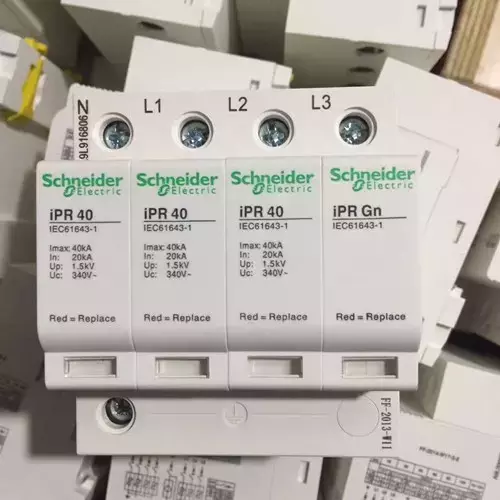
Surge protection device (Surge protection Device) is an indispensable device for lightning protection of electronic equipment. It was often called
Surge protector working principle diagram
"Surge arrester" or "overvoltage protector" is abbreviated as SPD in English. The role of a surge protector is to limit the instantaneous overvoltage that penetrates into the power line and signal transmission line to a voltage range that the equipment or system can withstand, or to Lightning current leaks into the ground to protect the protected equipment or system from damage.
The type and structure of the SPD are different for different purposes, but it should include at least one non-linear voltage limiting element. The basic components used in surge protectors are: discharge gap, gas-filled discharge tube, varistor, suppression diode and choke coil.
